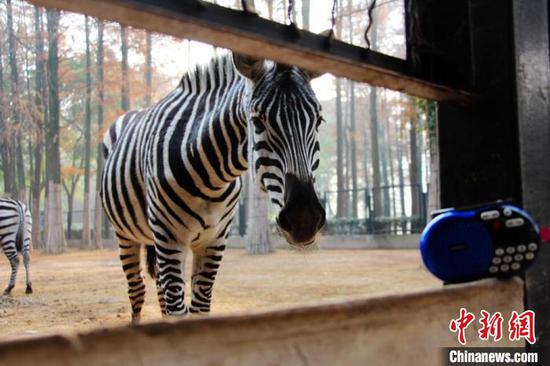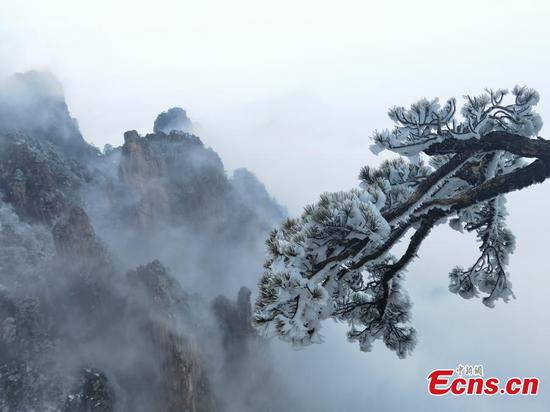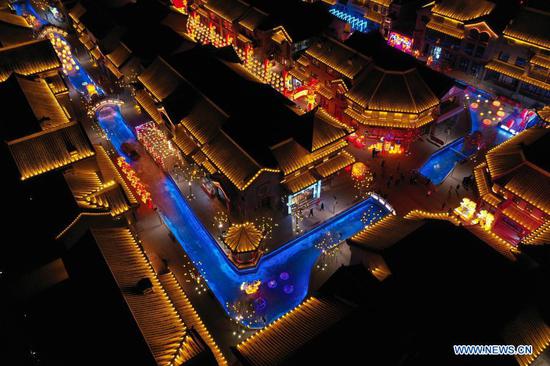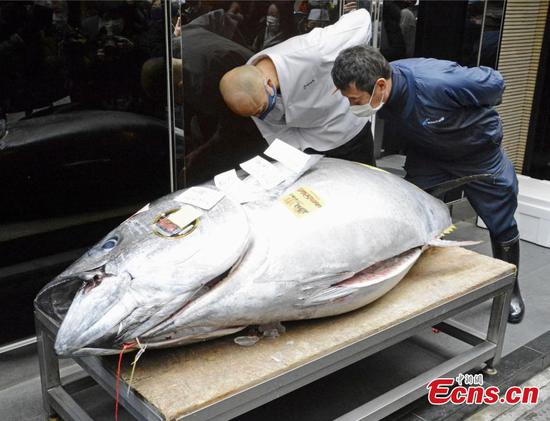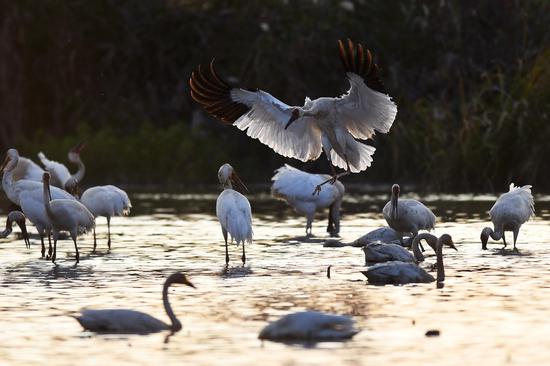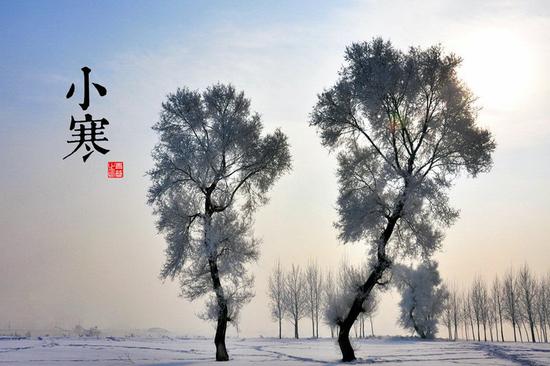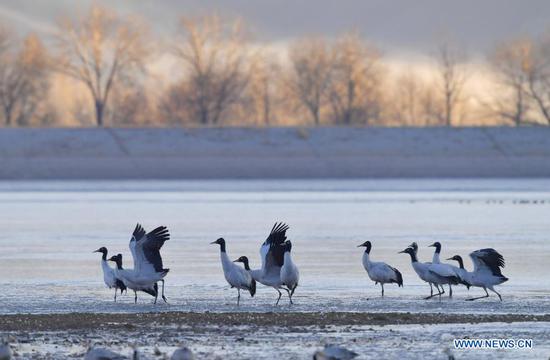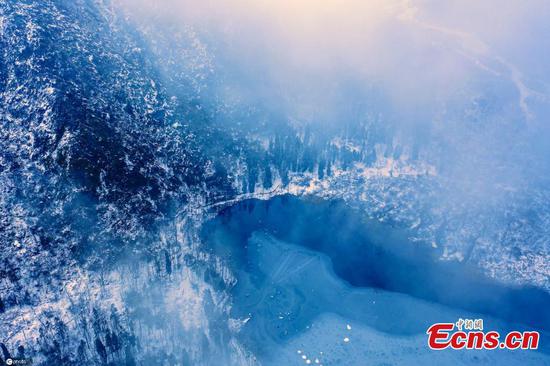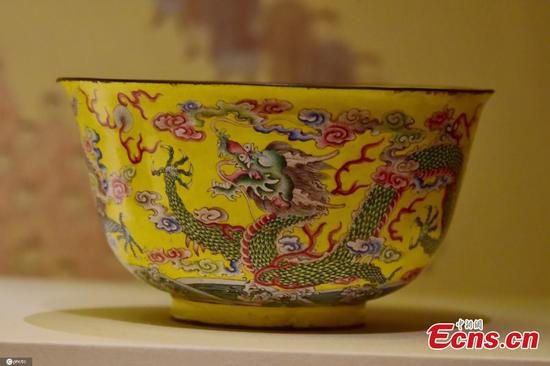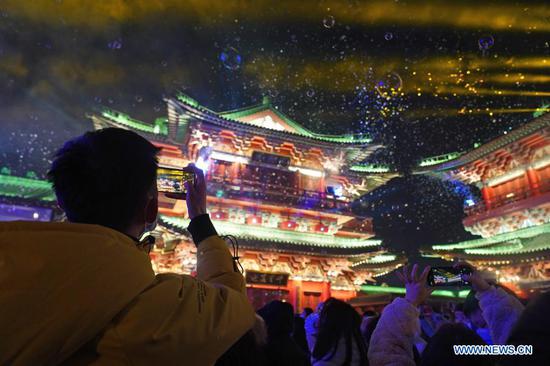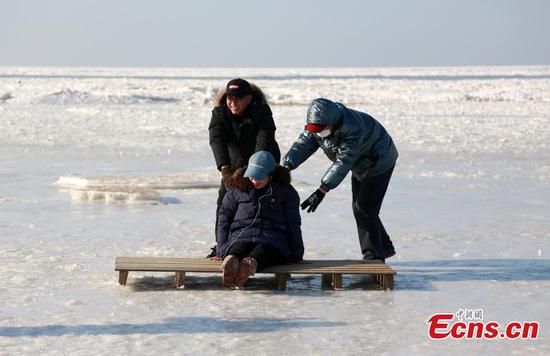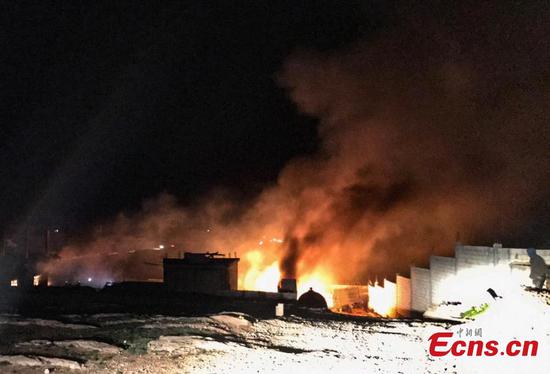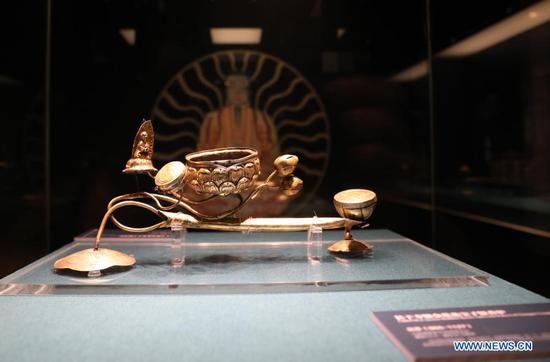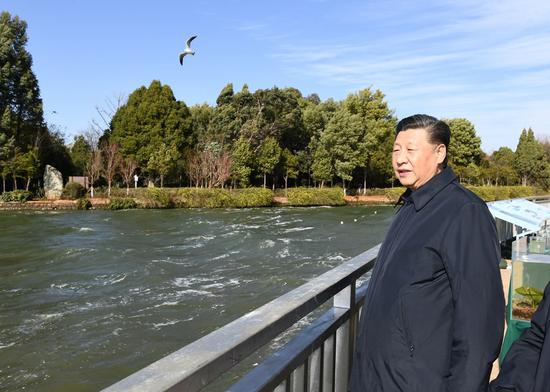
President Xi Jinping visits an ecological wetland of Dianchi Lake in Kunming, capital of southwest China's Yunnan Province, Jan. 20, 2020. (Xinhua/Xie Huanchi)
As the rising sun over the rippling Erhai Lake suffused the clouds with splendid hues, tourists walked along the lakeshore to find the perfect spot to capture the view, with the twittering of black-headed gulls embellishing the pleasant aura.
The picturesque scenery is now a common sight at the once heavily polluted lake in southwest China's Yunnan Province thanks to its improving environment that has attracted more wintering birds in recent years.
Located in the province's Dali Bai Autonomous Prefecture, Erhai Lake sits at some 2,000 meters above sea level and stretches more than 250 sq km. A major tourist draw, the ear-shaped freshwater lake has attracted tens of millions of tourists every year since local tourism began flourishing in the 1990s.
However, the booming tourism, coupled with rapid urbanization, took its toll on the lake, causing water quality degradation and toxic blue-green algae blooms.
President Xi Jinping visited the lake during an inspection tour of Yunnan in January 2015, stressing ecological protection of the lake and calling on residents and the local government to protect the lake's natural beauty forever.
During his visit, Xi, also general secretary of the Communist Party of China Central Committee and chairman of the Central Military Commission, emphasized the priority of ecological and environmental protection.
When it comes to ecological protection, "we cannot afford to be penny wise and pound foolish, or catch one and lose another," he said. "We should also not live beyond our means or be more interested in the here and now while ignoring our long-term interests."
In response to Xi's call, the local government launched a series of ecological projects in 2016 to prevent and control pollution and restore the environment of Erhai Lake.
More than 2,400 lakeside guesthouses and restaurants were asked to suspend business so that sewage treatment facilities could be upgraded to prevent the discharging of untreated wastewater into the lake. Algae treatment facilities were established around the lake and a waste disposal factory was built to turn animal wastes into organic fertilizers.
The cultivation of garlic, which entails the use of large amounts of chemical fertilizers, was banned in the lake basin.










